This pedalboard was inspired by the YouTube channel ‘5 Watt World’ and their slogan “the most music for the least gear”. Originally, I was going to use a mixture of homemade pedals with a couple of classics for modulation and delay, but I just couldn’t get the rig to be as versatile and as compact as I wanted it to be. That is when I decided to go down the digital route…
The centre of the rig is, of course, the Line 6 HX Stomp. This can handle 95% of the rigs I will ever want to build — all in one small box that sounds amazing! One of the unsung bits about the HX Stomp, for me, is the USB interface. At home, this pedalboard sits on my desk and the HX Stomp therefore becomes my audio interface, my re-amp box and is still able to be the core sound of my rig all at the same time!
The downsides of the HX Stomp are its lack of DSP power and its three switches. This means you need to be really careful in how you plan your rig. Luckily, for less than £20 you can add a couple of extra switches with the Hotone Ampero Switch. Normally, I run this with the switches on the HX Stomp controlling individual effects, while the extra Ampero switches control preset or bank up and down.
I also have a couple of essentials on my pedalboard, so if the world does end and the HX gets bricked — I can still get some pretty good tones and tune my guitar! I set the EQ to tame some of the frequencies on a couple of my humbucker-loaded guitars, as I’m mainly a P90/single-coil guy and so my tones are typically designed for them first. It doesn’t get turned on a lot, but can be a life-saver in the right moment! The Lovepedal Fuse is 9/10 set as a simple boost. It’s fairly flat, but I like the option to add some extra drive to any rig I have configured.
Do I need any more than the Line 6 HX Stomp and maybe the extra footswitch? Not at all, but it is nice to have the space for a couple of options that will just make my life easier.
Elliot Stent
Senior Digital Guitar Marketer
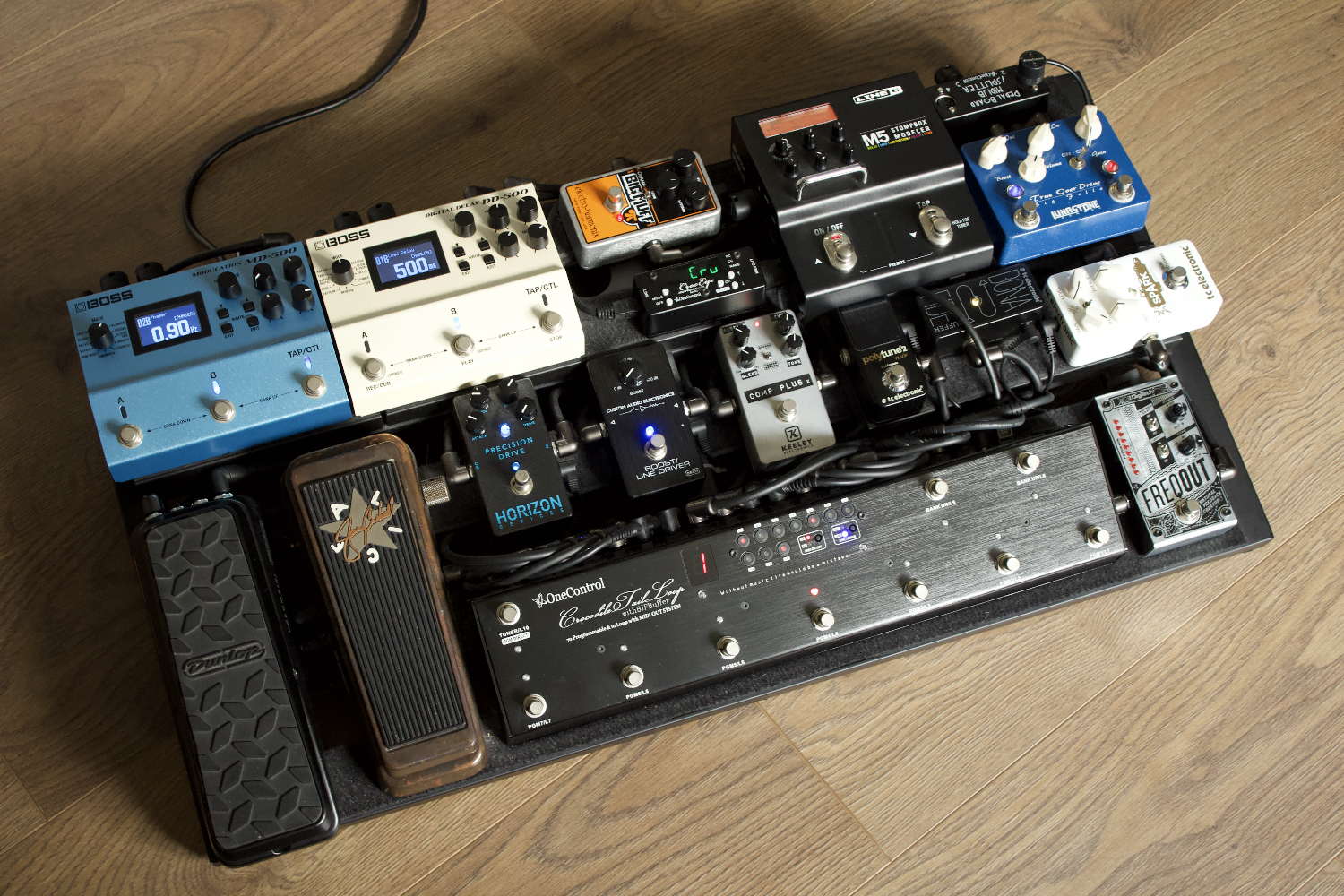
Elliot's Pedals
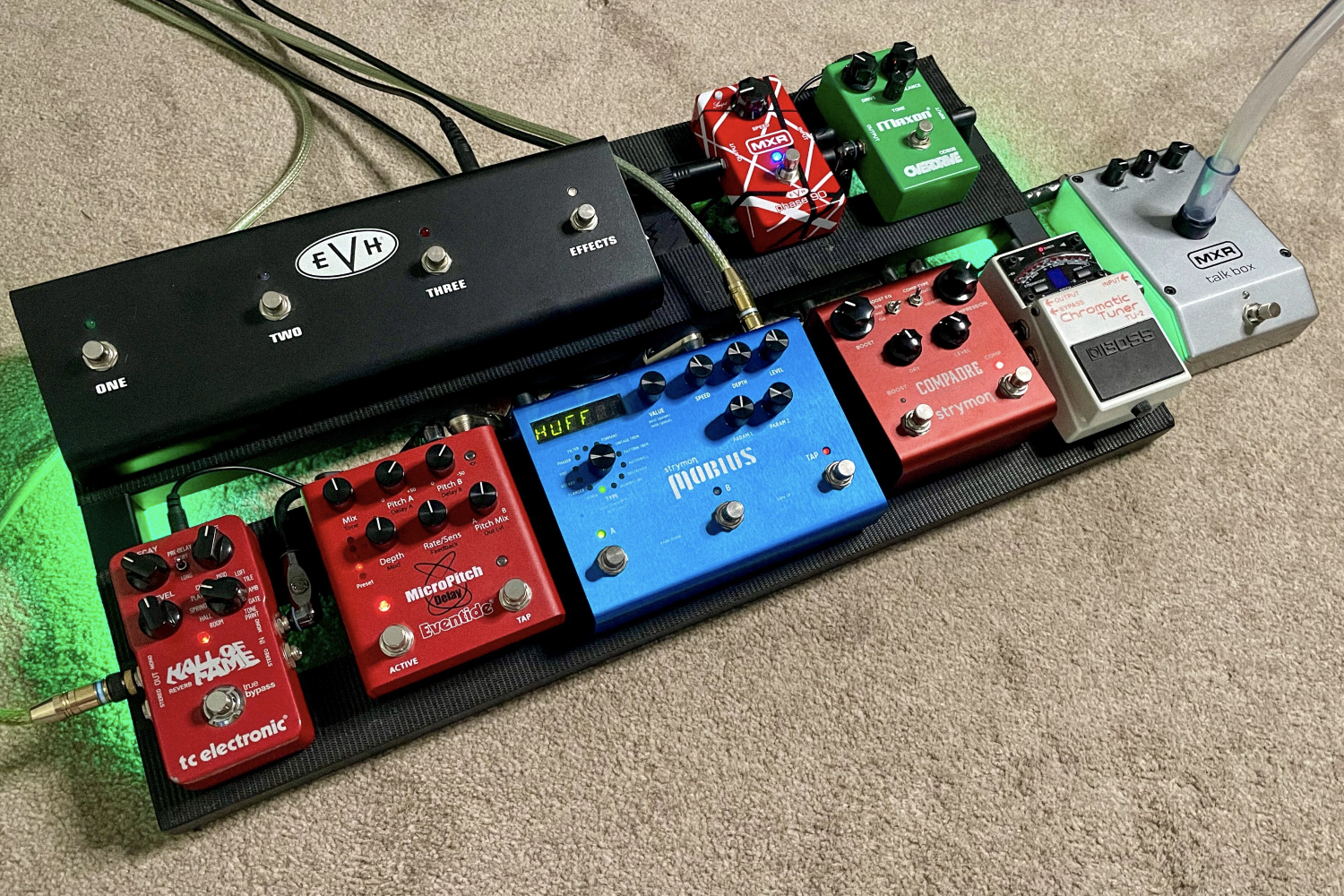



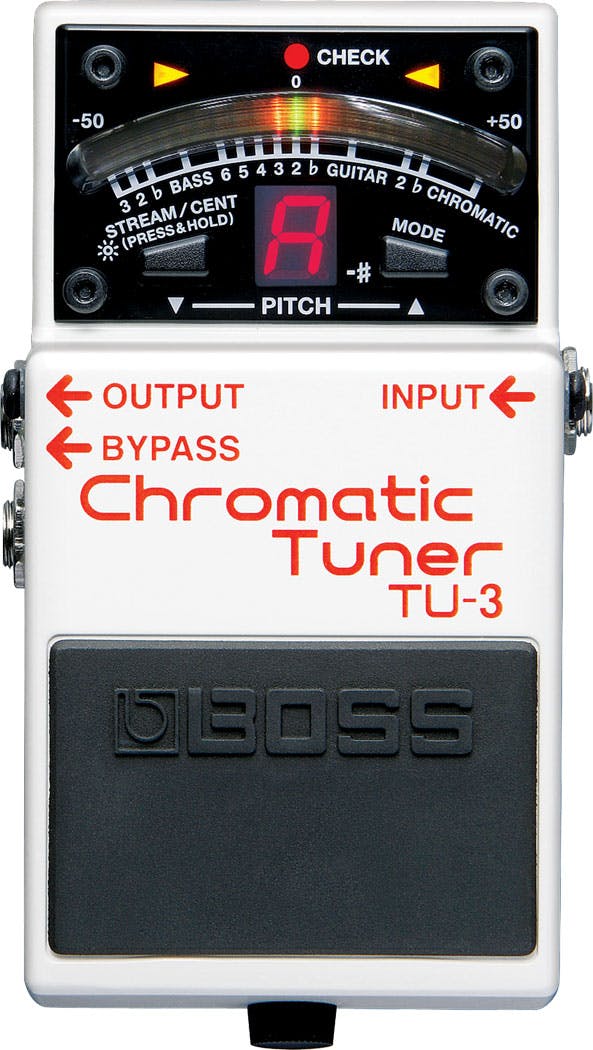






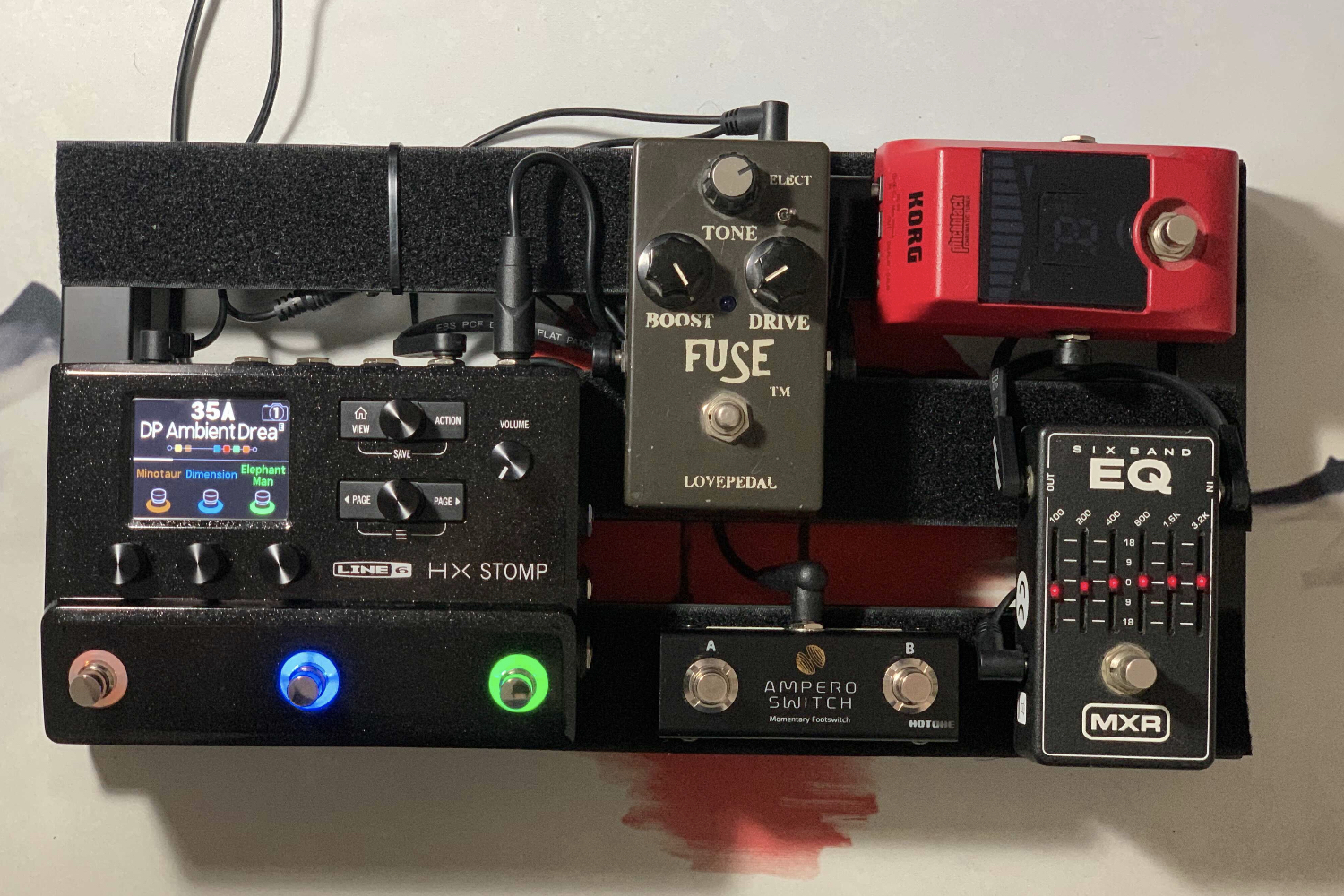
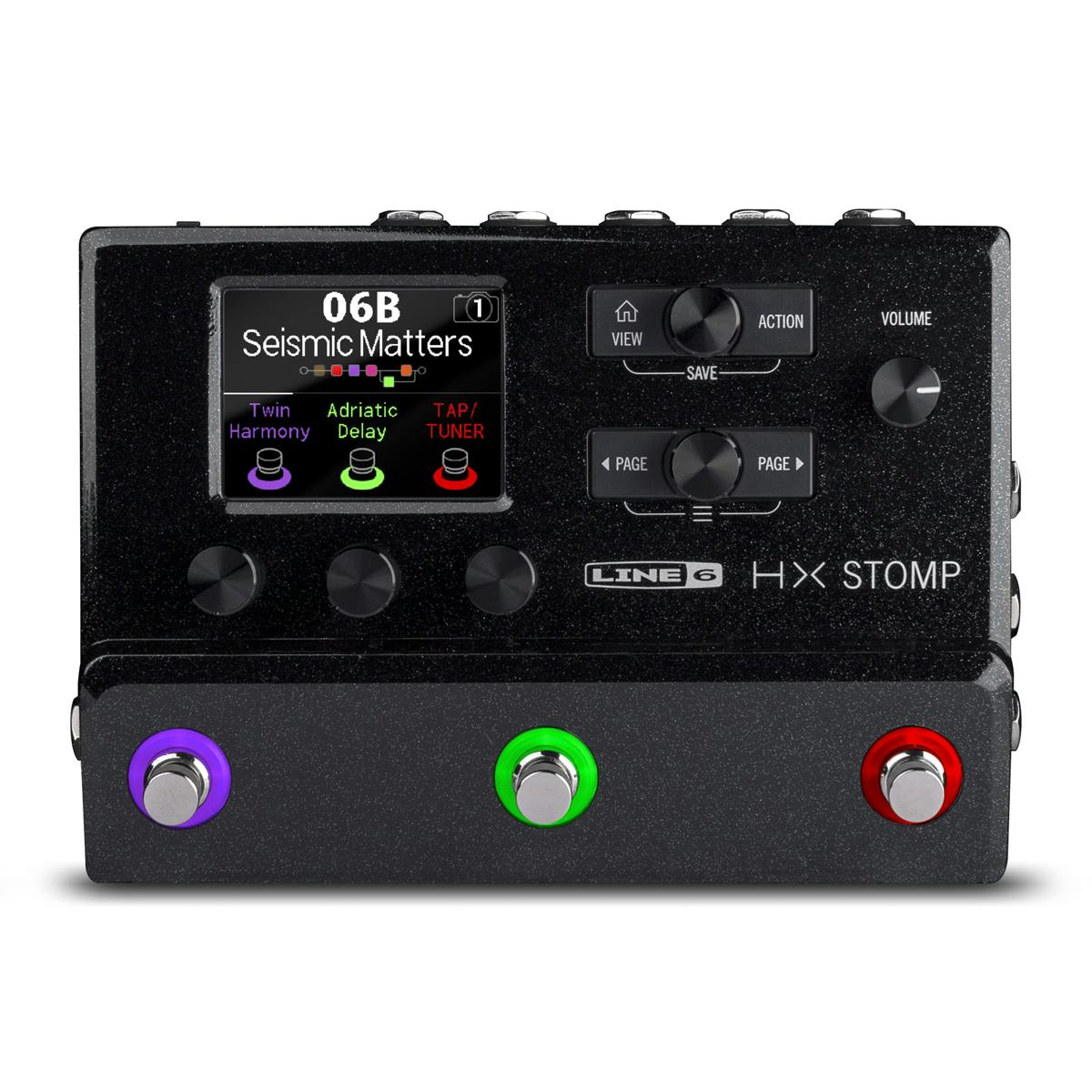









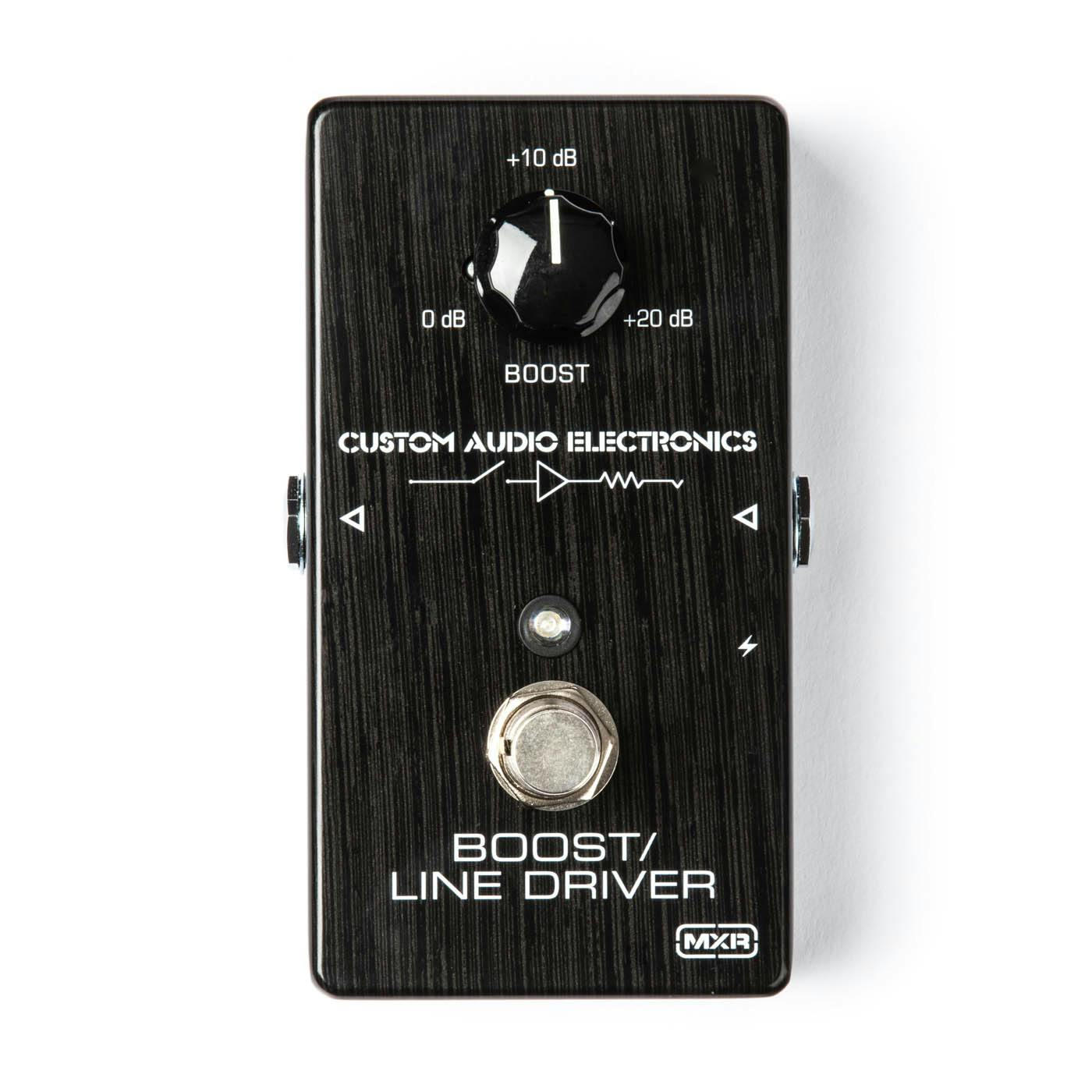




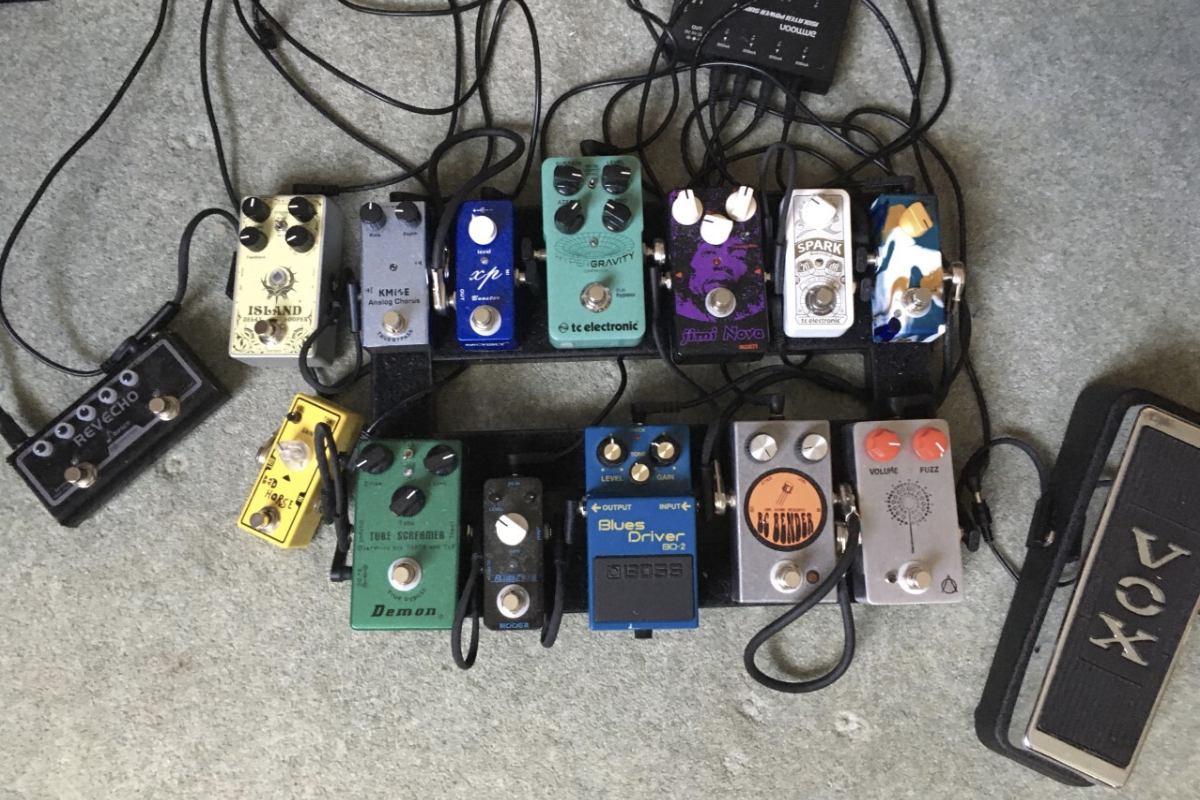

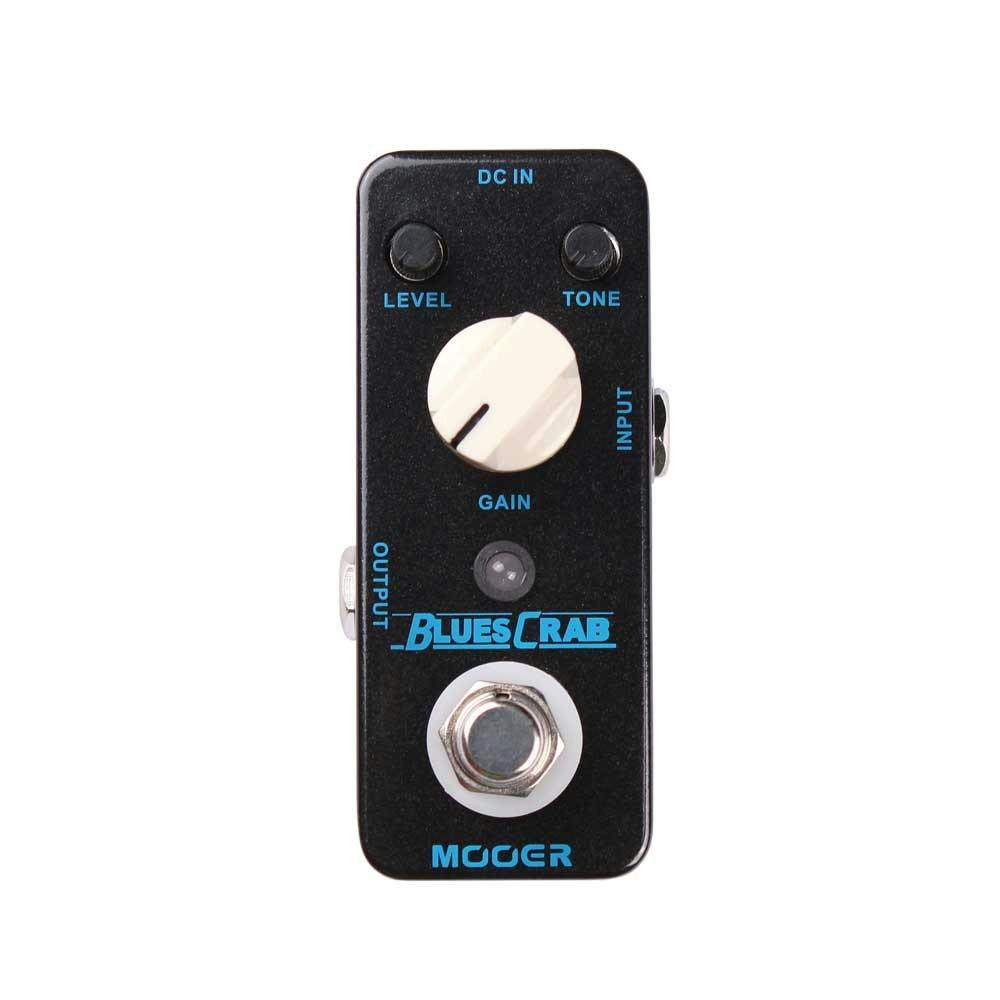



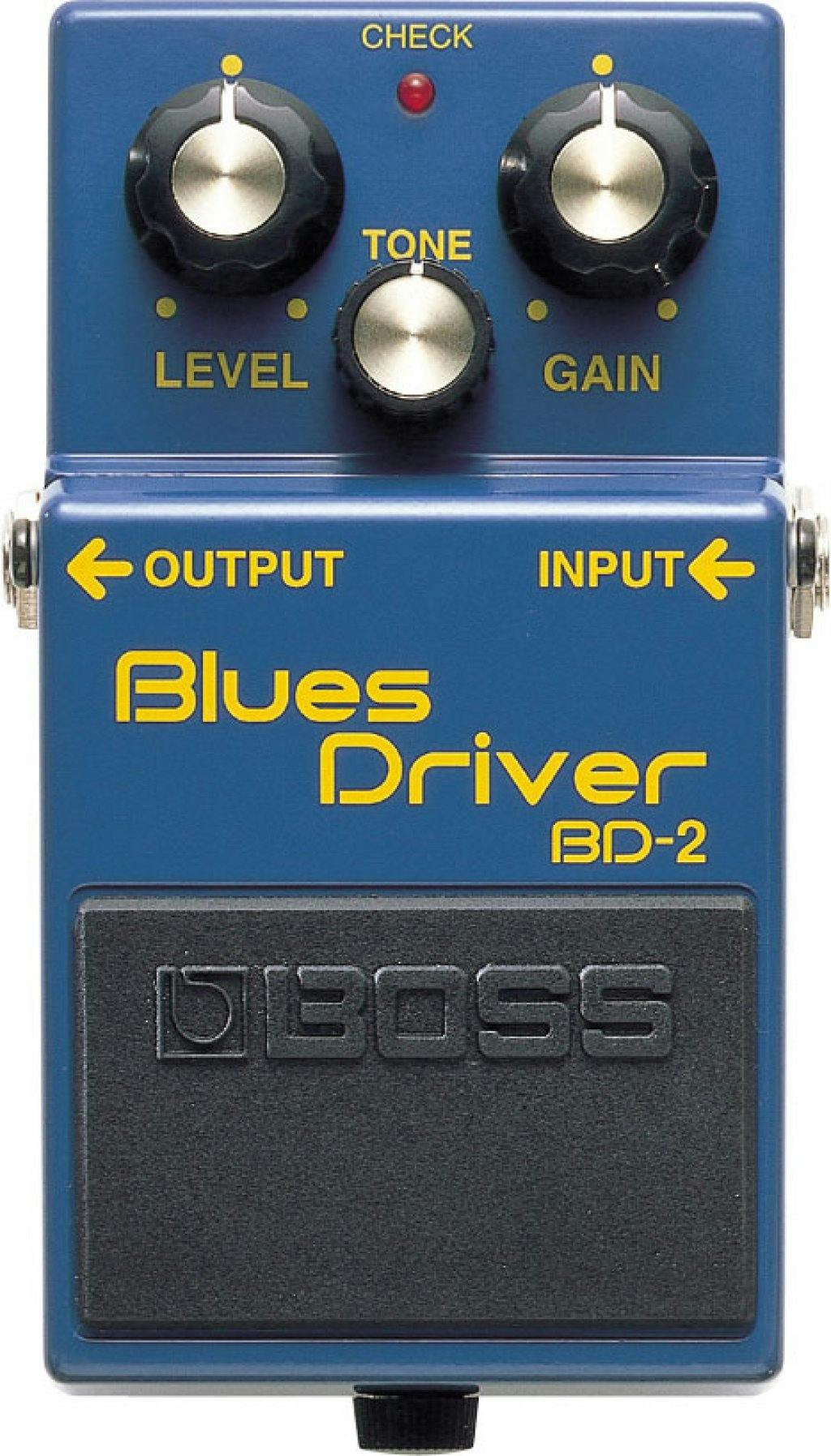
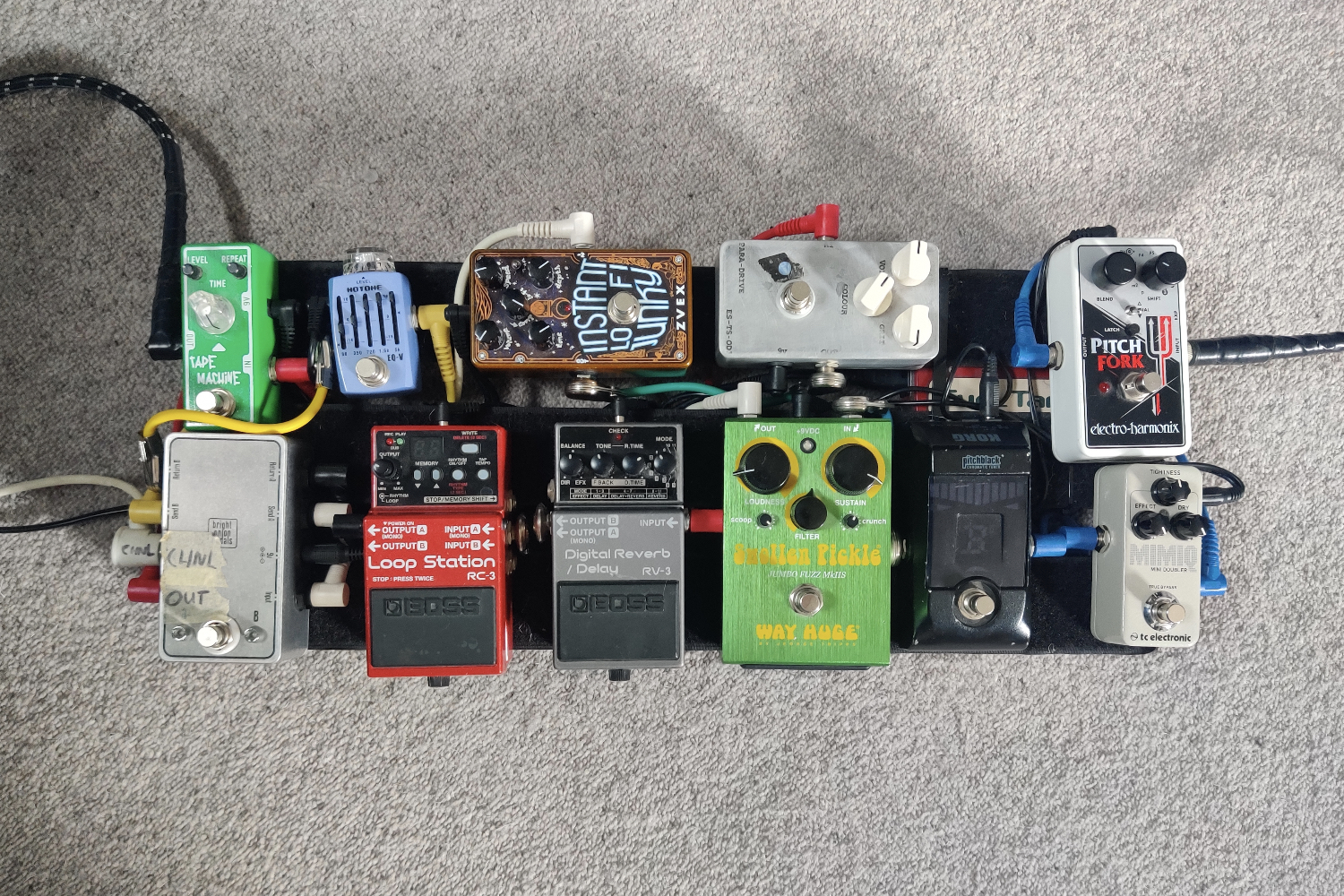
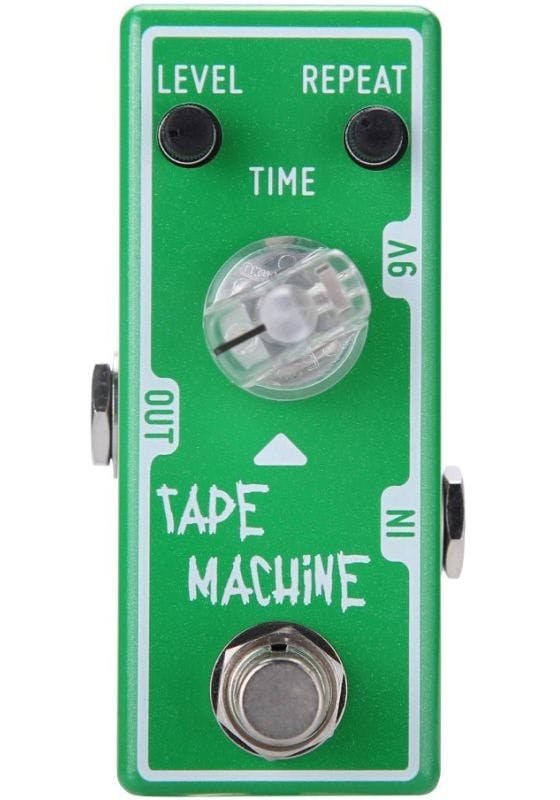



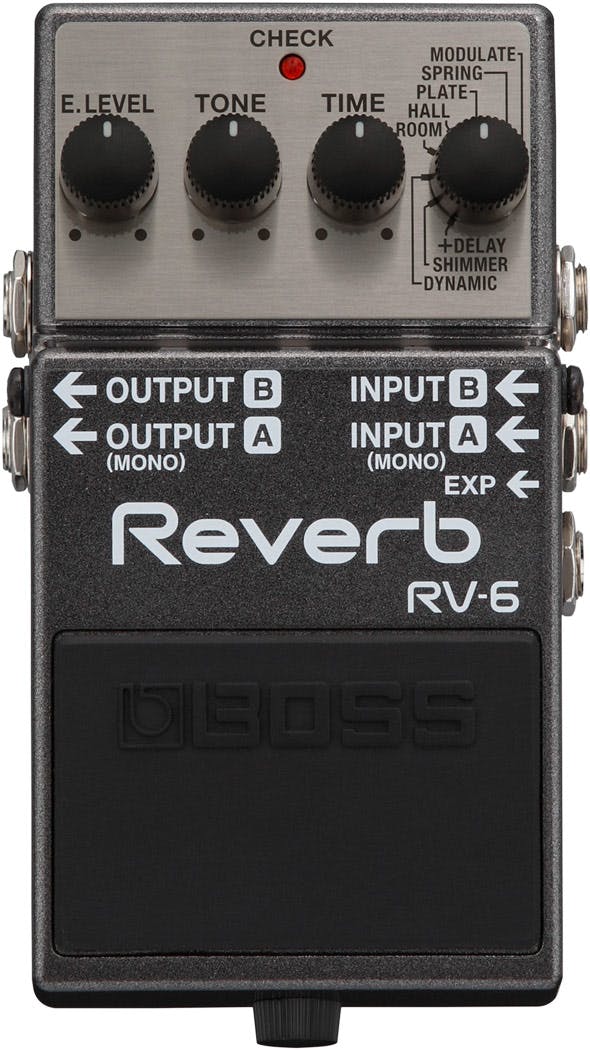

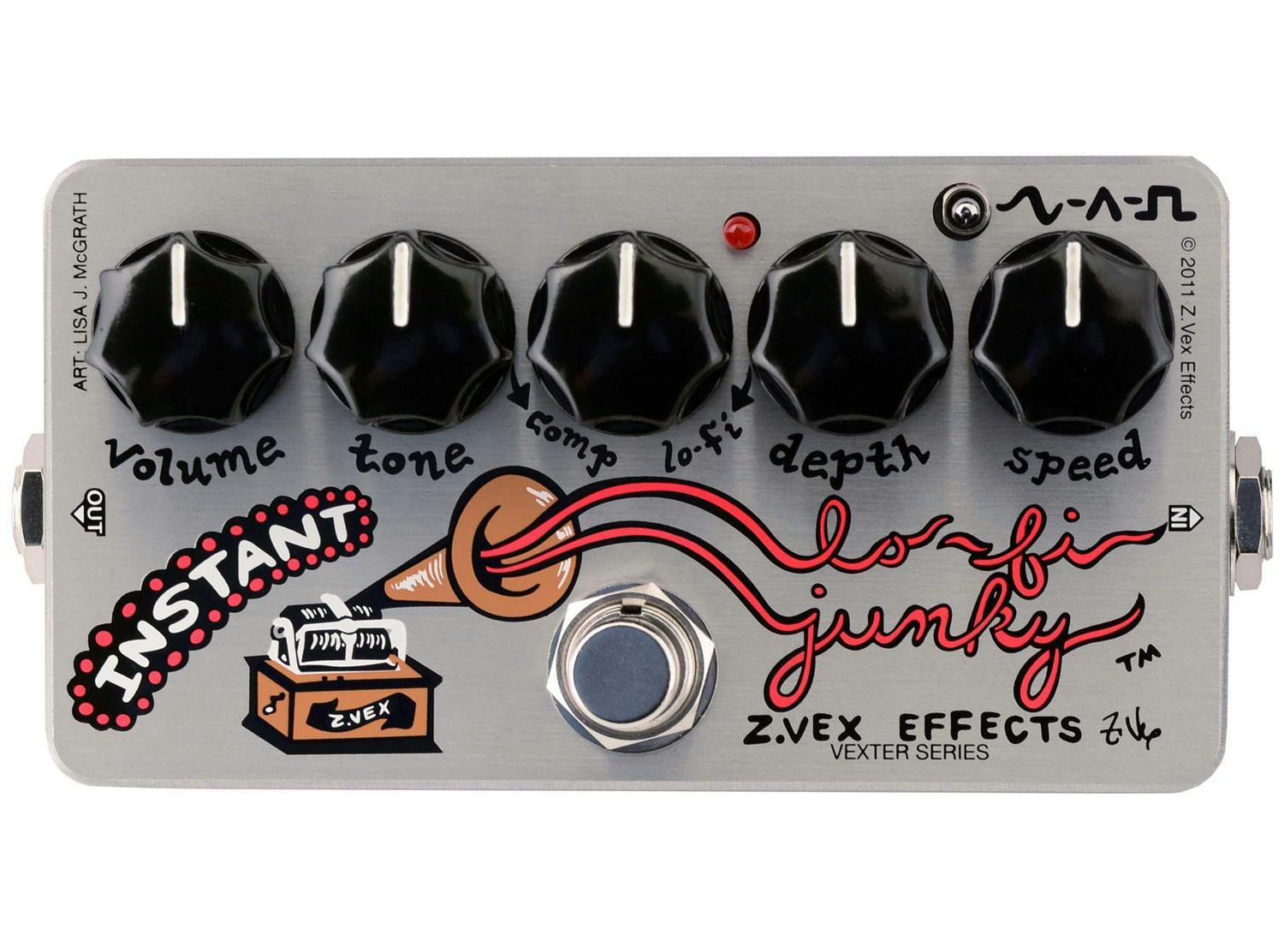
.JPG?w=400&h=400&&fit=fill&bg=FFFFFF)

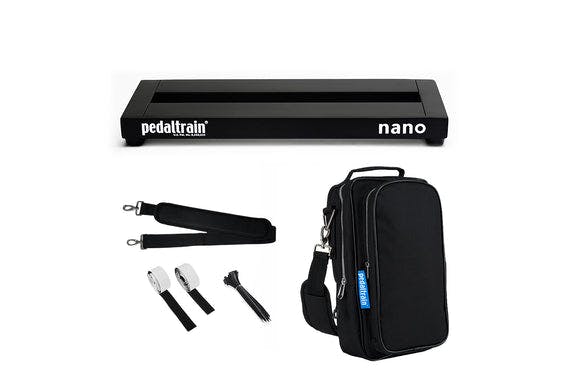
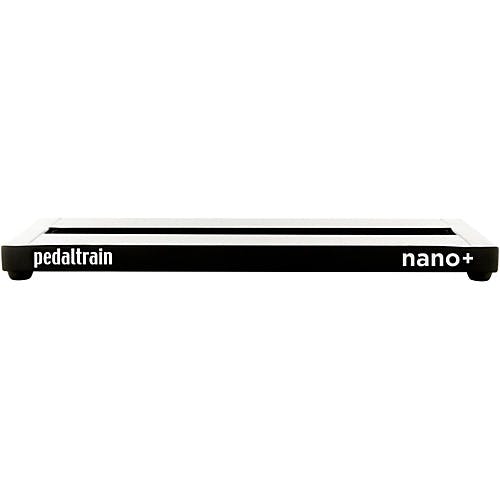
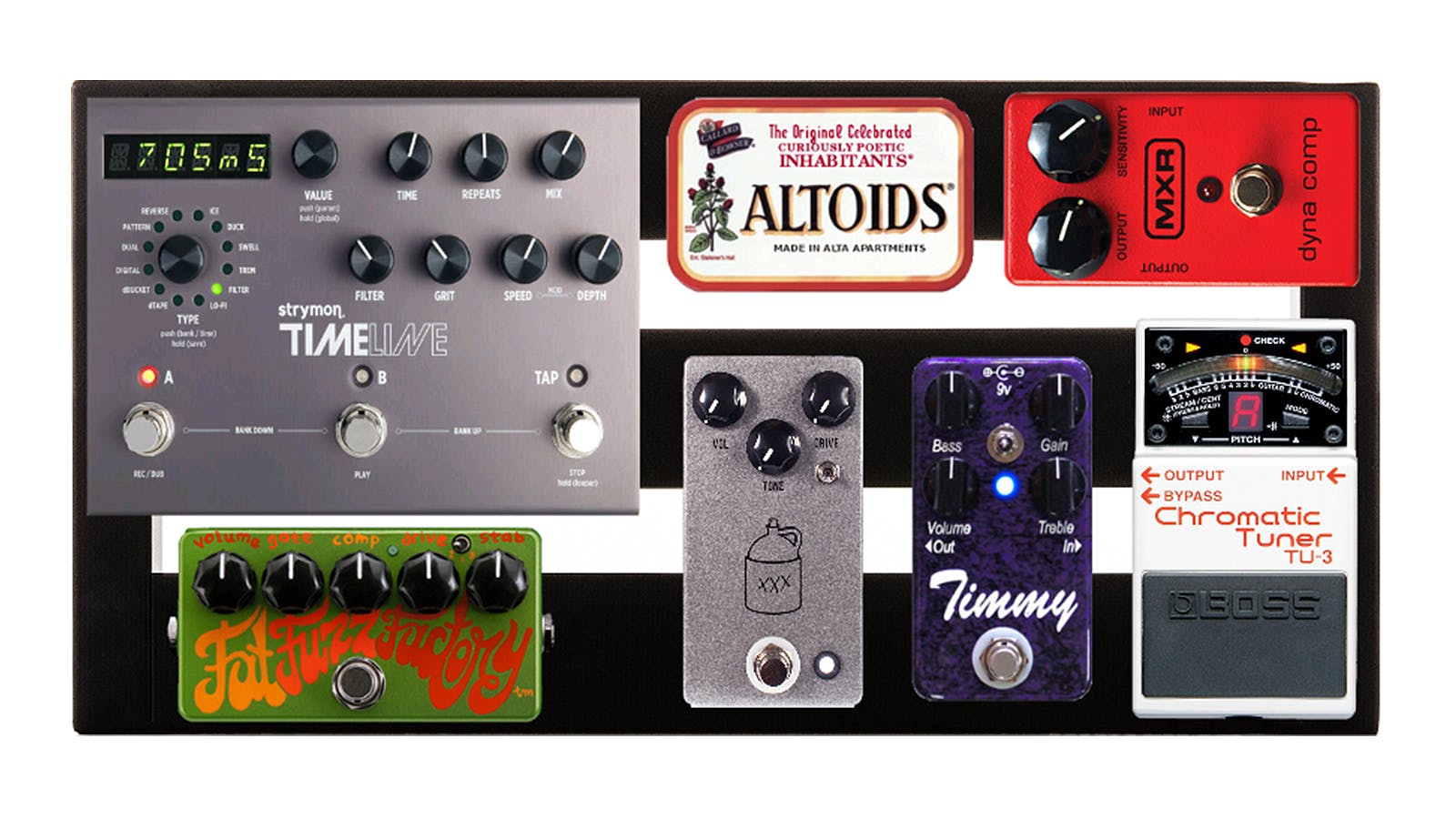






.png?w=400&h=400&&fit=fill&bg=FFFFFF)






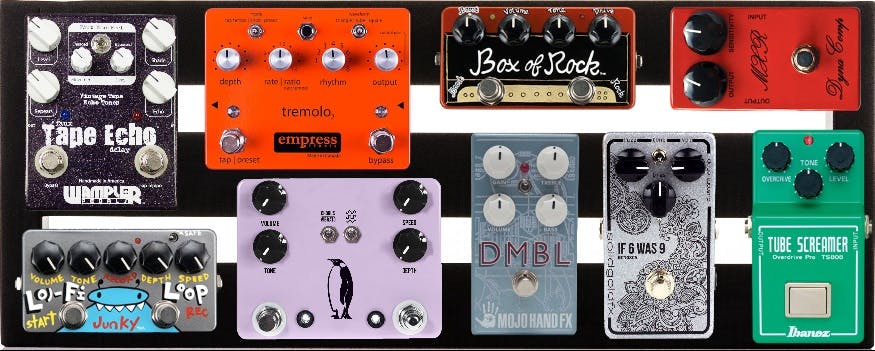
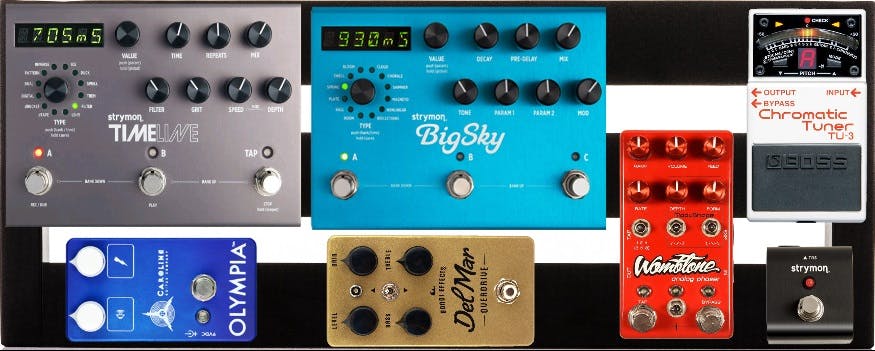




















Responses & Questions